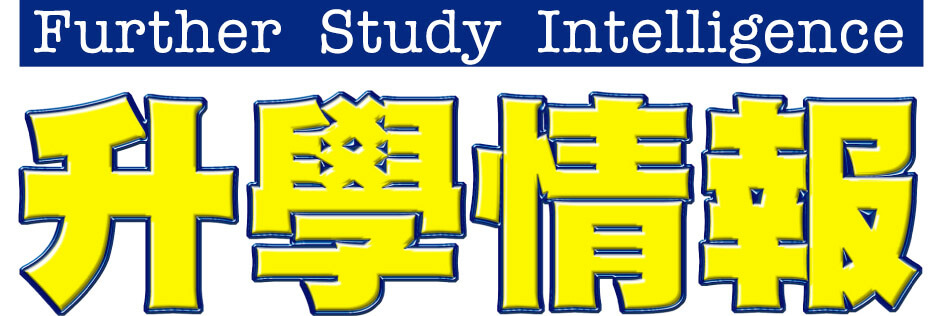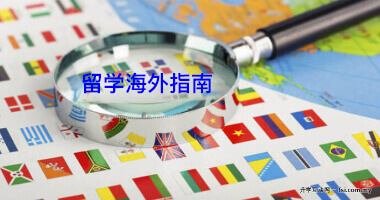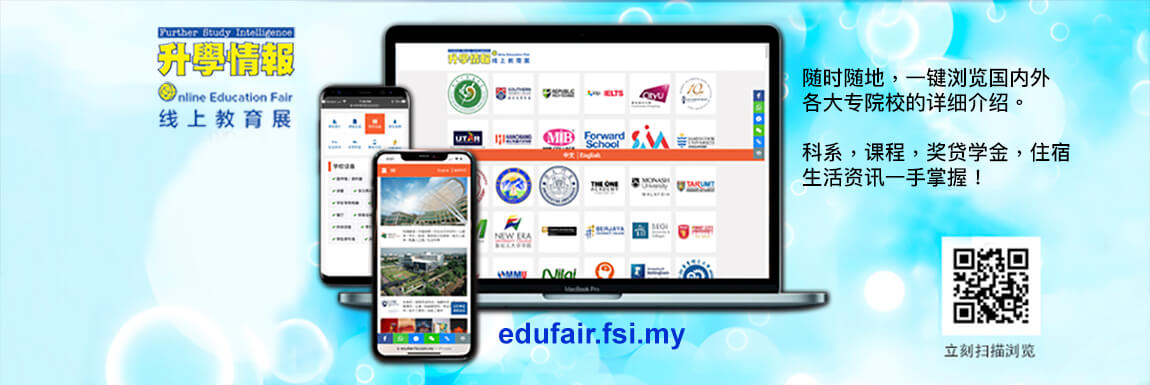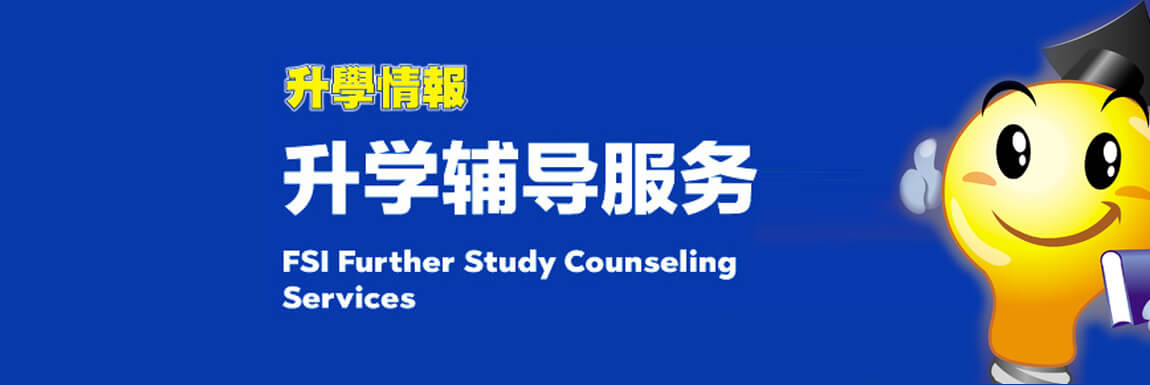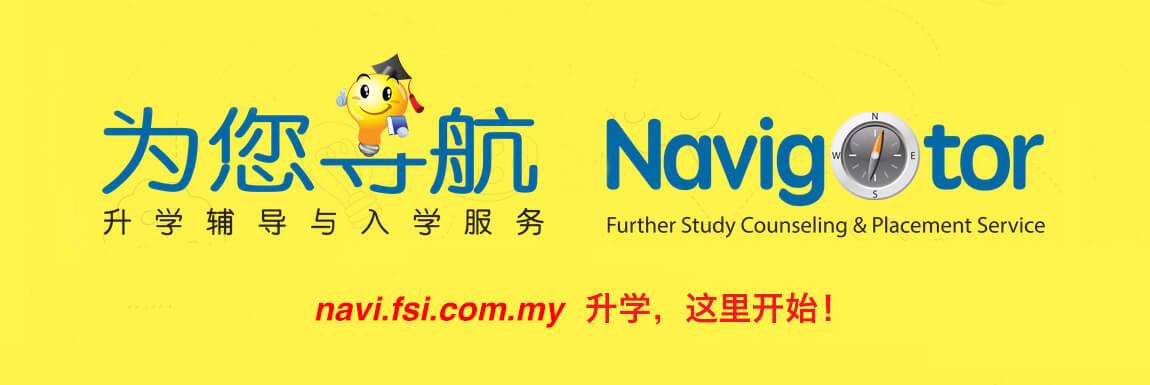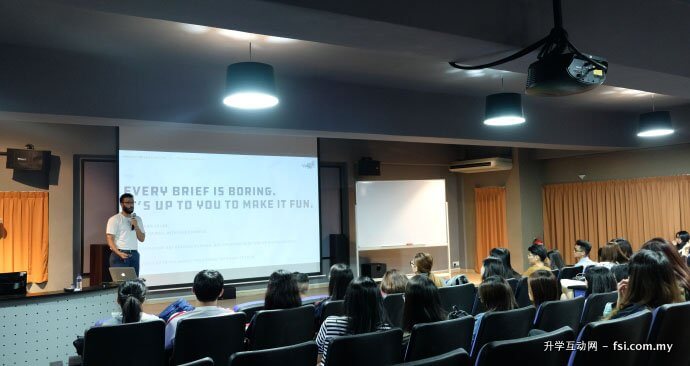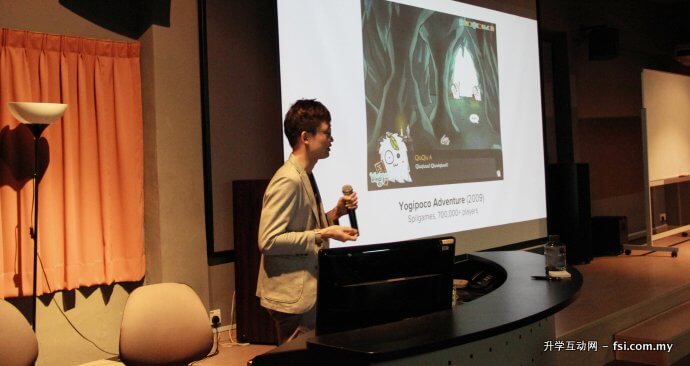
Alexander Cheah shares his experience in the “Experience Design Workshop”.
The students of Multimedia Design with Digital Media & Interactive Design were recently engaged in an “Experience Design Workshop” by Alexander Cheah Hon Keong – Vice President & Experience Designer for Customer Experience at OCBC Bank with over 12 years of working experience in Malaysia and New Zealand. During his two-day workshop, Alex, who is an alumnus of The One Academy’s School of Multimedia Design, presented on the components of UI/UX and the importance of finding the right problems to solve.
Alex, who has UX design experience across different disciplines and has worked with many digital advertising agencies, consumer products and currently in banking, was able to share insights with students on designing products and services. He continued his studies in New Zealand, where Cheang Lin Yew – The One Academy’s Digital Media & Interactive Media Course Director was teaching in back then.
Coming back to home soil after working in New Zealand for 7 years, he noticed a lack of understanding for users and audience especially in advertising. Oftentimes, a work is created because it looks nice or cool. However, whether or not it caters to the needs of people is often overlooked because very little research was done. After all, all the products out there, especially telecommunications, offer the same things such as unlimited calls and data. But, the factors that make customers choose one over the other is the service that they provide and the experience that can be obtained from them.
He questioned the students on what is design, and what does it mean to them; plucking a quote from Steve Jobs, “Design is not just how it looks like and feels like. Design is how it works,” explaining that design is actually about communication and how to approach someone to solve their problems. The typical process that goes through a design starts with getting a brief – try to understand and hypothesise the problem. Then comes ideating, sketching and brainstorming for solutions. After that, create, build and launch it.
“A brilliant solution to the wrong problem can be worse than no solution at all: solve the correct problem,” he quotes Don Norman, author of the book ‘The Design of Everyday Things’.
Experience design is about adding value and solving the right problems by keeping the user in center of the design process. At the end of the day, fixing the right problems is actually far more important than just fixing it. Thus, user research is about finding the right problem to solve.
An example is the ‘slow elevator problem’, where the obvious solutions are to install a new lift, upgrade the motor or improve the algorithm. However, when probed deeper and asking the why’s, the problem stems from finding the wait annoying. Thus, other easier and more sustainable alternative solutions can be to put up mirrors, play music or install Wi-Fi to make the wait bearable.
He shares that many designers find user research intimidating because of the many processes involved. But it’s not that complicated and intimidating, because the task is to solve daily, routine things. UX Research is about being inquisitive, asking questions, and then following a systematic process to find answers. Instead of being a scientist, be a detective; by asking, testing and observing.
“You don’t just fix a problem; you must know what is the right problem to fix. Because there are tons of problems in this world to fix, but finding the right one is the trick,” he shares while adding that insight is important in finding the right problems to solve.
Students were divided into groups and tasked with proposing a customer interview framework to be presented on the second session of the workshop a week later. The interview framework consists of – identify, plan, set up, interview and debrief. By the end of the workshop, they learned not only how to design a good framework, but also honed their communication skills.
The One Academy of Communication Design
http://www.fsi.com.my/会员专区/college-profile/?sponsor_id=414
http://www.fsi.com.my/the-one/=

Students having fun while planning their group project.

Alex and the students take a group photo at the end of the fruitful workshop.
